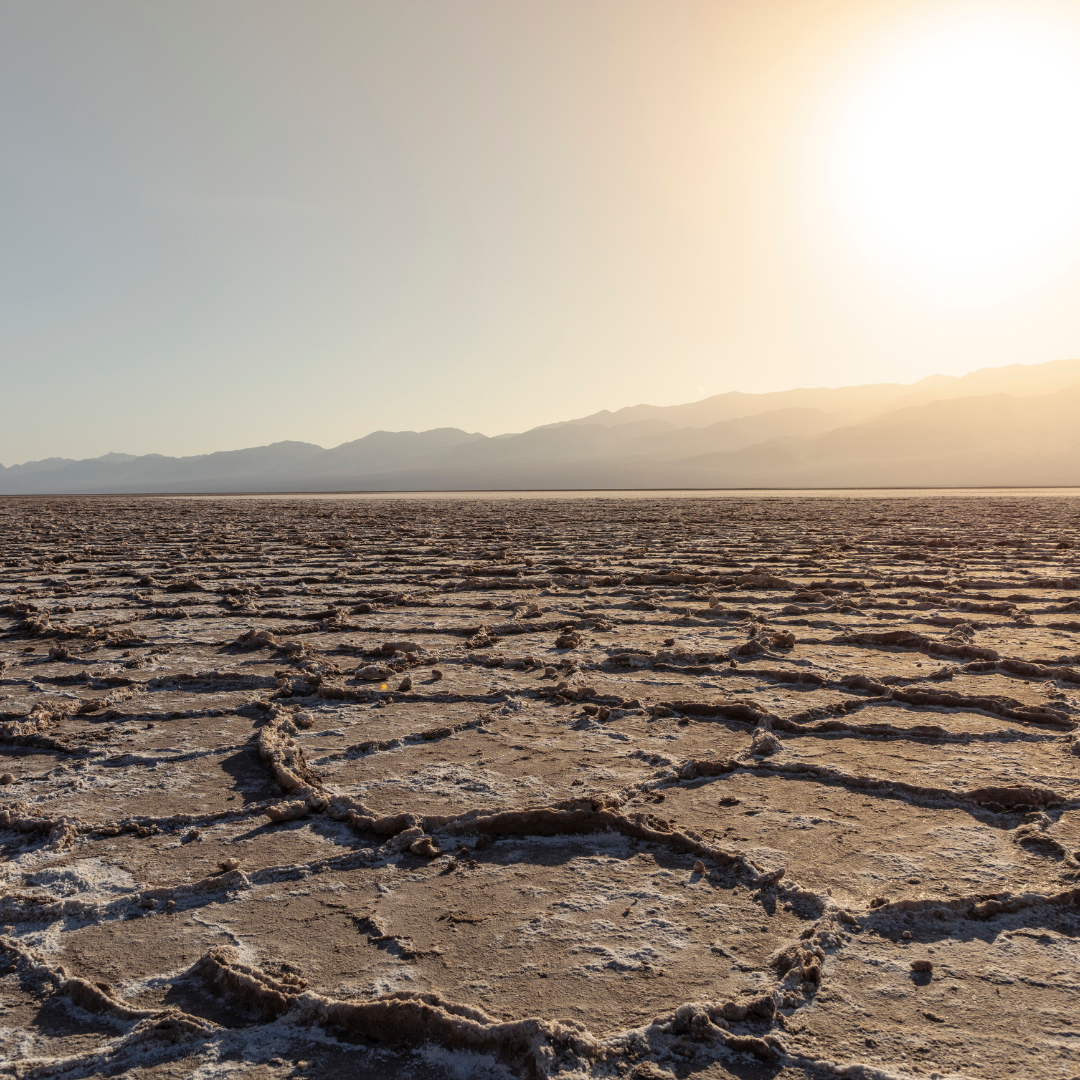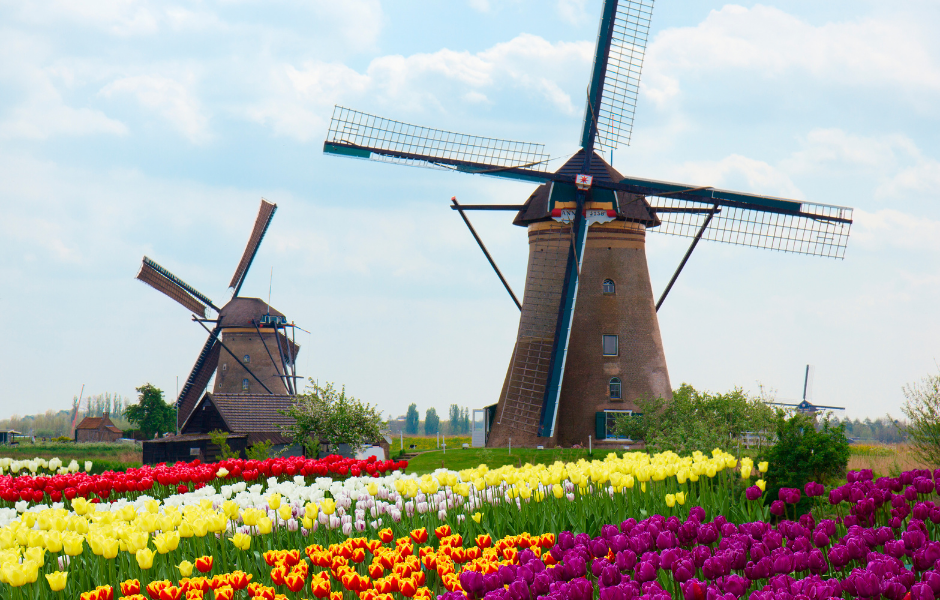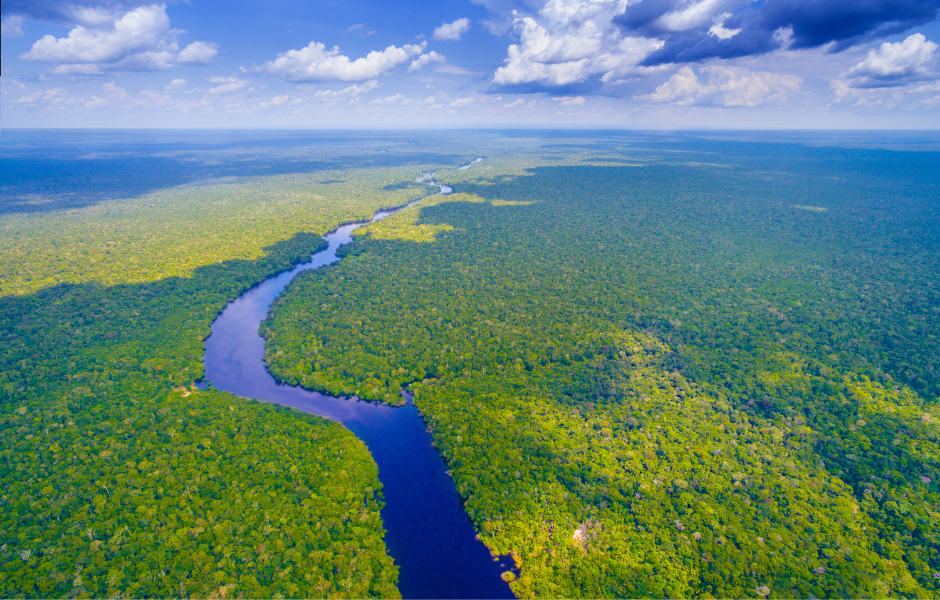
This children’s article, Death Valley: A kids’ guide to the hottest place on Earth, has been written for native English speakers and learners of English as a second or foreign language. It can help children build vocabulary, learn about Earth’s extreme environments, and discover how geography can shape a landscape. Written by Mark Pulley, a teacher and writer who creates fun and informative news articles for English learners.
A place hotter than anywhere else on Earth
Death Valley is a place in the Mojave Desert, California, USA, and it is famous for being the hottest place on the planet. In 1913, a temperature of 56.7°C was recorded there, which is the highest air temperature ever officially measured. The ground there can become dangerously hot, sometimes reaching over 90°C!
Because the land is so open, dry, and sunny, the heat builds quickly during the day. Visitors must be extremely careful and carry lots of water. Cars can’t escape the dangers either, as they can easily overheat in the blazing conditions.
Why does Death Valley get so hot?
Death Valley sits in a deep basin below sea level, surrounded by tall mountain ranges. When warm air sinks into the valley, it becomes trapped and keeps on heating up There are very few tall plants, so there is nothing to block the sun or protect the land from its heat.
Rainfall is very rare here. Some years pass with almost no rain at all, making the area one of the driest places in North America. Without moisture in the air, the sun heats the desert floor very quickly.
How it got its name
Despite the frightening name, Death Valley is filled with beautiful rocks, colourful hills, and wide salt flats. The name comes from a group of travellers in the 1800s who struggled to cross the desert. Most of them survived, but the journey was so difficult that one person looked back and said, “Goodbye, Death Valley.” The name has been used ever since.
Today, people still visit, but with much better equipment, safe routes, and modern transport. Many tourists come to stand at the lowest point, called Badwater Basin.
Death Valley in modern culture
Death Valley appears in films, documentaries, and photographs because its landscapes look like another planet. Scientists study the area to learn about extreme heat and to understand where life might exist in very harsh environments. Space scientists even compare parts of Death Valley to the surface of Mars.
Despite its extreme temperatures, the valley is home to a surprising amount of wildlife, including lizards, birds, and tough desert plants that have adapted to survive in the heat.

Article vocabulary list
- Basin – A low area of land surrounded by higher land.
- Moisture – Water in the air or on surfaces.
- Salt Flat – A flat area covered in salt left behind when water dries up.
- Adapted – Changed over time to survive in a certain environment.
- Landscape – The natural features of a place.
- Temperature – How hot or cold something is.
- Desert – A very dry area with little rainfall.
- Environment – The surroundings of a place, including weather and land.
Comprehension questions
Just click the plus (+) to see the answer
1. What makes Death Valley famous?
A) It is the hottest place on Earth
B) It is the biggest rainforest in America
C) It is the coldest place in the world
Answer: A) It is the hottest place on Earth
2. Why does so much heat stay trapped in Death Valley?
A) The valley has many lakes
B) The valley is covered in ice
C) The valley is surrounded by mountains
Answer: C) The valley is surrounded by mountains
3. Where does Death Valley get its name from?
A) A story about ghosts
B) Travellers who struggled to cross it
C) An old mining company
Answer: B) Travellers who struggled to cross it
4. Why is there so little rain in Death Valley?
A) Because the mountains block most storms
B) Because it is near the ocean
C) Because it is covered in forests
Answer: A) Because the mountains block most storms
5. Why do scientists study Death Valley today?
A) To understand life in extreme heat
B) To find gold
C) To build a new city there
Answer: A) To understand life in extreme heat

Mark is a writer and EFL teacher from England with eight years’ experience. He’s passionate about travel, sport (especially football), animals, nature, and history, and enjoys helping children explore the world through language and learning.




